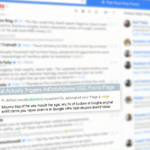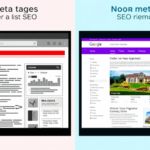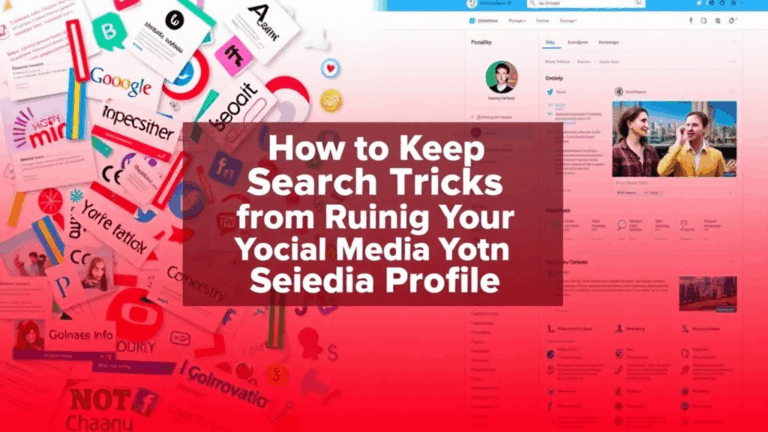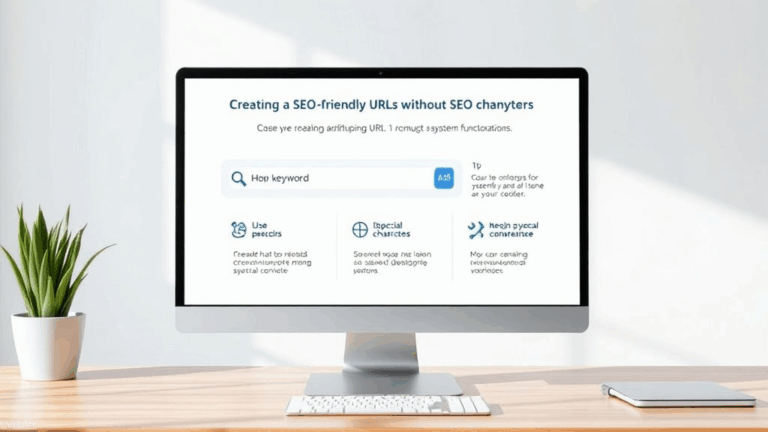Real SEO Fixes That Stabilized Our AdSense RPM in a PR Mess
When a Search Reputation Hit Tanks RPM Overnight
So in late March, one of our content properties took a public lashing on reddit. It wasn’t a huge thread, but it scraped just enough attention to kick off the chain reaction I’d been dreading: branded search terms dropped off a cliff, bounce rate ballooned (mobile users dropped fast), and RPM got sliced nearly in half by the time the weekend rolled in.
I couldn’t fix the PR hit directly that fast, but I had to plug the RPM bleeding. It helped to stop thinking about AdSense as just “revenue per page view” and start thinking about it as “the outcome of how well our traffic-intent-ad unit match held up after a reputation wobble.” I started digging into how our titles and meta constantly got rewritten in SERPs — especially brand modifier terms. A cached Google SERP preview showed the title tag being used was about 2 months outdated.
Yep, even though we’d updated the page via the CMS weeks ago, Google was serving the wrong thing due to a stale crawl + canonical mismatch. Found the actual culprit in the HTML:
<link rel="canonical" href="https://old-article-path.example.com" />
That canonical was from the staging template. None of our 20 articles in the cluster had updated their canonical URLs after being copied into production. That silence you just heard was our RPM falling through the floor because Google was unsure what to rank anymore.
RPM Doesn’t Drop in a Vacuum — It’s Your Head Terms
We’d been cruising for weeks thanks to a couple of stable pages that ranked well around semi-branded intent (stuff like “app name alternatives”, “app name customer stories”, etc.) — and when one Reddit post kinked the funnel, those head terms fell out of the top 3. Flatline.
I’m telling you right now: go check your top AdSense RPM drivers by URL, then trace them to their search impressions. If ranking dips even marginally on your 2–3 core money pages, RPM across the site can look like it nosedived even though the rest of your content is technically fine. And guess what? AdSense won’t show you that macro perspective unless you stitch GSC and Analytics properly — and even then, it’s annoying.
“Your average RPM isn’t average. It’s just the reflection of your strongest pages being correct yesterday.”
Page Titles Can Get You Auto-Flagged in Ad Auctions
Here’s where it got weird. After patching the canonical and requesting reindexing via GSC (standard stuff), I still saw our AdSense ads slipping into lower-quality inventory on mobile. Felt like something was off with how our pages were being interpreted for ad suitability.
On a hunch, I pulled one of the pages into Google’s Publisher Advertiser Transparency Lookup tool. Our descriptor metadata included a phrase that now — post drama — read extremely sketchy out of context (nothing illegal, just one of those startup-speak phrases that could sound spammy with the wrong timing).
I rewrote it, and within two crawls (used Fetch as Google on desktop and mobile), AdSense suddenly started showing financial SaaS display ads again — clean, mid-to-high CPM ads instead of the generic job boards and odd affiliate CPM filler. The moment that edit hit the cache, RPM started inching up over the next day.
Search Appearance Tabs in GSC Lied to Me
If you skim over the Search Appearance section in Google Search Console when checking URL performance, skip directly to “Rich Results” vs “Standard” and don’t blindly trust GSC’s “Page Experience” pass/fail notes. I had one article that passed Core Web Vitals cleanly but, for some reason, was only being served as a plain-text snippet in mobile SERPs.
After some inspection, turned out we had a rogue amphtml tag on the page:
<link rel="amphtml" href="/amp/article.html" />
But no functional AMP version actually existed anymore, because the plugin responsible got disabled months ago. We were ghost-indexed as AMP even though no content was rendering there. Google would crawl the AMP path, hit a 404, and fallback — but during that time, snippets got downgraded and nav links to those pages disappeared from topical clusters.
Once I yanked the amphtml tag entirely and ran another index request, the page’s clickthrough rate actually increased even though ranking didn’t shift. Better snippet preview and restored site links — and, yes, that page’s RPM surged.
Don’t Trust “Crawled But Currently Not Indexed” in Bulk
I had about 35 pages flagged as “Crawled – currently not indexed.” At first I assumed it was timing — maybe they just hadn’t made the index cut yet. But no, there was a deeper consistency problem: the ones that stayed out longest all included a shortcode block in the first paragraph, populated dynamically with recent post excerpts — and they were all blank due to a feed error when that plugin stopped syncing after a PHP upgrade.
Googlebot doesn’t care what you meant to render. It cares what’s actually in the markup. And if your first text node is empty or generic or duplicated, those pages go in the sin bin. I hardcoded actual text into the intro of each affected post and forced a diff-level change to the lastmod date. Requeued them, and about half re-indexed in under 48 hours. RPM followed suit.
1:1 Ad Unit Drops Can Wreck Whole Sections
This one still annoys me. A single horizontal leaderboard banner got disabled by a partner (long story — inventory conflict, not policy) and defaulted to zero-fill during our peak traffic hours. I had no fallbacks in place for that layout, so it rendered as a blank container spanning 728px. Guess what that did on mobile?
Collapse behavior failed silently on Safari iOS, which meant the viewport was janky, users tried to scroll and tapped ads below by accident — resulting in short session durations and page exit triggers. AdSense saw that behavior and downranked bidding priority across the folder.
What Helped
- Use
data-adtest="on"units in staging to verify behavior under fallback - Switch to
auto: layout full-widthfor above-the-fold units where needed - Don’t rely on one ad partner’s fill logic if you’re building manual ad stacks
- Run Lighthouse with throttled 3G once a week — AdSense collapse issues show up here
- Track DOMContentLoaded and initial ad fill via PerformanceObserver, not just GA
- Don’t neglect viewport-fit=cover in your meta if you’re iframe stacking
- Use abuse reports data (from Policy Center) to isolate anomaly spikes by location
Google News Indexing Still Doesn’t Guarantee RPM Recovery
This was the curveball. After getting temporarily delisted from Google News due to a vague “non-original content” flag, we cleaned up some quotes, added bylines, re-verified site ownership, and got re-approved. Organic CTR came back. But the RPM didn’t.
Turns out AdSense doesn’t always restore auction trust in parallel with News crawl resumption. Our impressions were back, but ad bidding was throttled for another three days. At one point, browser console logs started throwing an AdSpeed throttling warning in the AdSense library — something like:
“Rendering disabled: estimated active view rate unexpectedly low”
Never seen it documented, but it ties into viewability history. If your pages rack up low engagement or above-the-fold shifts due to layout recooks (ours used too much delayed image loading), AdSense algorithmically starts assuming you’re not delivering viewable impressions. PR hit or not — it translates as lower RPM during auction break-even windows.
Accidental Rewrites Tanked Primary Topic Matching
I’ve seen SEOs rewrite articles to be more “thought leadership” or “human-friendly,” only to obliterate the semantic core that AdSense was using to align with high-paying ad categories. In our case, someone swapped a simple table summarizing loan limit caps into a paragraph about “broader financial agility strategies.” Ads that used to be from small-business banks vanished. Now we were getting leadership coaching ads instead. RPM dipped ~40% on that page.
Copy doesn’t just affect rankings. It affects ad category prediction. And unlike search, AdSense’s crawler is much more literal. Redirects and semantically cute language tricks don’t help here. I hard-restored the version from Wayback and RPM bounced back in 2 days.
I still haven’t fully cleaned up all the voicey rewrites. But the minute I pulled those humanized lead ins and restored plain tables and H2s like “Loan Caps in 2024,” advertisers came back.














